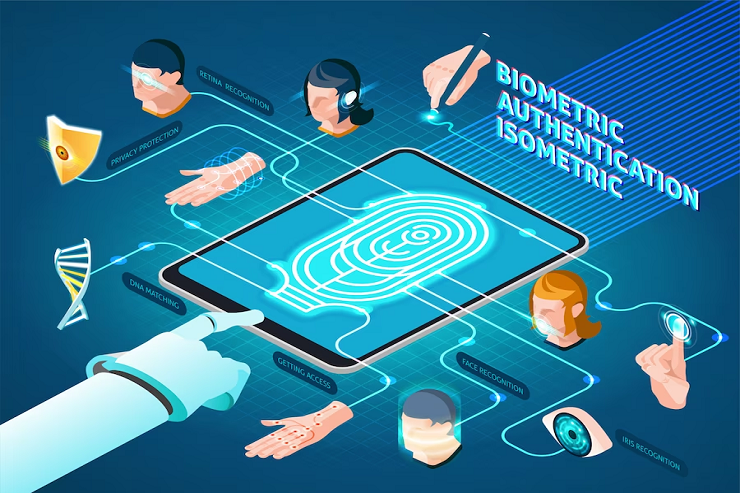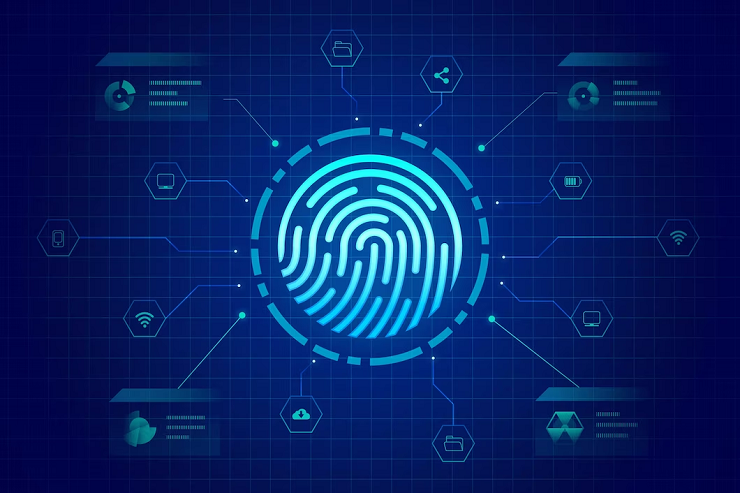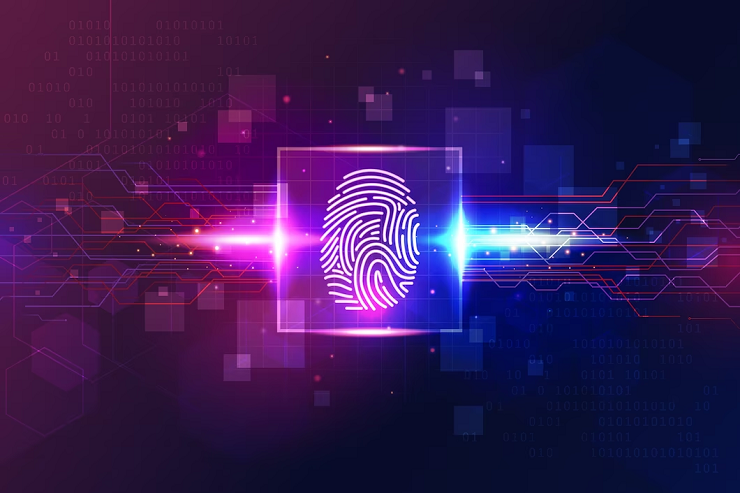
Recently, biometric technology has gained significant attention and found its way into various aspects of our lives. From unlocking smartphones with our fingerprints to facial recognition systems at airports, biometrics offers convenience and enhanced security. However, concerns about privacy and the potential misuse of biometric data have also emerged. This blog explores the fascinating world of biometric technology, examining how it strikes a delicate balance between convenience and privacy.
Understanding Biometric Technology
Biometric technology uses individuals’ unique physical or behavioural characteristics to authenticate their identity. Examples of biometric identifiers include fingerprints, iris patterns, facial features, voice patterns, and even gait recognition. These identifiers are captured and stored in digital formats, creating a biometric template that can be compared to verify a person’s identity.
1. The Convenience Of Biometrics
One of the primary advantages of biometric technology is its convenience. By replacing traditional authentication methods like PINs or passwords, biometrics offer a seamless and efficient user experience. Individuals can access their devices, unlock doors, or authorize transactions with a simple touch or glance. Biometrics eliminate the need to remember multiple passwords, making it more user-friendly and reducing the risk of forgotten credentials.
Moreover, biometrics save time in various applications. For example, facial recognition systems at airports can expedite the boarding process, reducing long queues and improving overall efficiency. In healthcare settings, biometric identification ensures accurate patient matching, minimizing errors and saving precious time during emergencies.

2. Ensuring Privacy In Biometrics
While biometric technology offers convenience, privacy and data protection are crucial. Biometric data, being highly personal and unique, must be safeguarded from unauthorized access or misuse. Robust encryption and secure storage protocols are essential to protect biometric templates from potential breaches. Biometric systems should comply with strict privacy regulations, such as the General Data Protection Regulation (GDPR), to prevent unauthorized use or sharing of sensitive data.
Legal and ethical considerations are also crucial in the implementation of biometric technology. Transparency regarding data collection, storage, and usage is vital. Consent should be obtained from individuals before collecting their biometric data, and clear information about the purpose and duration of data retention must be provided. Additionally, organizations must establish policies and procedures for handling biometric data, including secure destruction when no longer required.
3. Biometrics In Society
Biometric technology has significantly impacted access control and security systems. Organizations, from corporate offices to government agencies, are adopting biometrics to enhance security measures. Biometric authentication provides a higher confidence level in verifying individuals’ identities, reducing the risk of impersonation or unauthorized access.
Furthermore, advancements in biometric applications continue to expand their utility. Biometric authentication is now integrated into mobile banking and e-commerce platforms, providing secure and convenient transactions. In healthcare, biometrics is crucial in patient identification, reducing medical errors, and ensuring accurate treatment delivery.

4. Addressing Concerns And Challenges
Despite the advantages, concerns and challenges persist in biometric technology. Data breaches pose a significant risk, as biometric data, unlike passwords, cannot be changed once compromised. Organizations must invest in robust security measures to protect biometric databases from cyberattacks and unauthorized access.
Another challenge is the potential biases and discrimination embedded in some biometric systems. Facial recognition technology, for instance, has shown higher error rates for specific demographic groups, leading to concerns about fairness and equity. Addressing these biases through rigorous testing, algorithm improvements, and diverse data sets is crucial to ensure equal treatment and avoid reinforcing societal prejudices.
5. The Future Of Biometrics
The future of biometric technology looks promising. With the rise of the Internet of Things (IoT), biometric authentication can provide secure access to connected devices, ensuring the privacy and integrity of personal data. Smart homes, cars, and wearable devices can utilize biometrics to personalize user experiences and enhance security.
Furthermore, emerging biometric technologies, such as vein pattern recognition and electroencephalogram (EEG)-based authentication, show great potential. These technologies offer unique identifiers and present new opportunities for secure and convenient authentication methods.
Conclusion
Biometric technology has revolutionized how we authenticate our identities and interact with various systems. Its convenience and efficiency are evident in numerous applications, from smartphones to airport security. However, ensuring privacy, addressing concerns, and mitigating potential risks is vital for the responsible implementation of biometrics. By striking a delicate balance between convenience and privacy, biometric technology can continue transforming our lives while safeguarding our personal information.
